Specifications
| book-author | Ferdinand Beer ; E. Russell Johnston ; Elliot Eisenberg ; Phillip Cornwell ; David Mazurek |
|---|---|
| file-type | |
| isbn10 | 0077275551 |
| isbn13 | 9780077275556 |
| language | English |
| publisher | McGraw-Hill Science/Engineering/Math |
Book Description
“Vector Mechanics for Engineers: Statics and Dynamics” by Ferdinand Beer, E. Russell Johnston Jr., Elliot Eisenberg, Phillip Cornwell, and David Mazurek is a widely used textbook that covers the principles of statics and dynamics in engineering mechanics. Here's what you can expect from the 9th edition of this book:
- Statics: The book begins by covering the principles of statics, which is the study of bodies at rest or in equilibrium under the action of external forces. Topics include force vectors, equilibrium of particles and rigid bodies, trusses, frames, centroids, moments of inertia, and friction. Static equilibrium of systems of particles and rigid bodies is thoroughly discussed, with applications to engineering problems.
- Dynamics: The textbook then moves on to dynamics, which deals with the motion of particles and rigid bodies under the action of forces. Topics covered include kinematics of particles and rigid bodies, kinetics of particles and rigid bodies, work and energy, impulse and momentum, and mechanical vibrations. The principles of Newton's laws of motion are applied to analyze the motion of objects in various engineering contexts.
- Engineering Applications: Throughout the book, the authors emphasize the application of engineering principles to real-world problems. Examples and problems are drawn from various engineering disciplines, including civil, mechanical, aerospace, and biomedical engineering. Engineering applications are used to illustrate the relevance of statics and dynamics principles in solving practical engineering problems.
- Problem-Solving Approach: The textbook adopts a problem-solving approach, providing step-by-step explanations of how to solve engineering problems using the principles of statics and dynamics. The authors present a systematic methodology for analyzing and solving engineering mechanics problems, emphasizing the importance of clear diagrams, proper units, and logical reasoning.
- Vector Analysis: Vector analysis is an integral part of the book, as it is essential for understanding the concepts of forces, moments, and motion in three-dimensional space. The authors provide a thorough introduction to vectors, vector operations, and vector calculus, ensuring that students have the necessary mathematical background to tackle engineering mechanics problems.
- Visualization Tools: The textbook includes numerous illustrations, diagrams, and photographs to aid in visualizing engineering concepts and principles. Three-dimensional visualization tools are used to enhance students' understanding of complex spatial relationships and engineering systems.
- Pedagogical Features: “Vector Mechanics for Engineers” includes a range of pedagogical features to support student learning, including chapter summaries, key terms and definitions, example problems, end-of-chapter review questions, and problems for further practice. These features help students reinforce their understanding of key concepts and prepare for exams.
Overall, “Vector Mechanics for Engineers: Statics and Dynamics” provides a comprehensive and accessible introduction to the principles of statics and dynamics in engineering mechanics. With its clear explanations, practical examples, and problem-solving approach, this textbook is well-suited for undergraduate engineering students studying statics and dynamics as part of their curriculum.
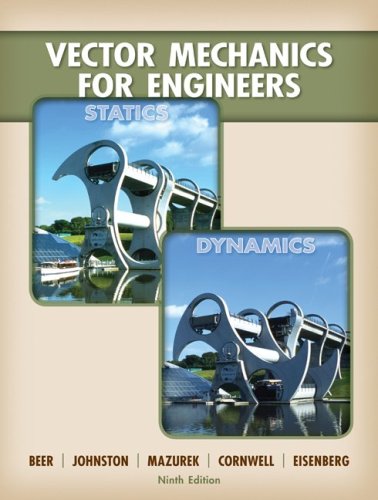
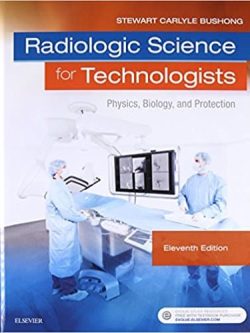

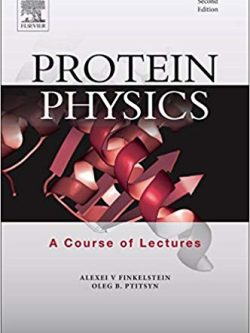



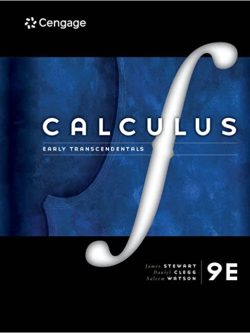

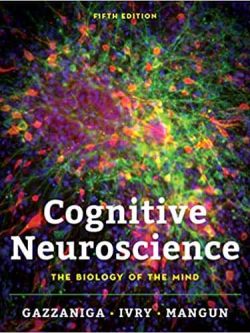
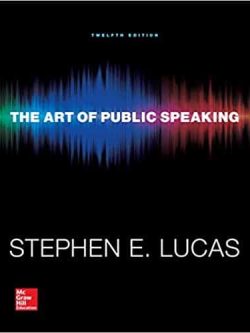

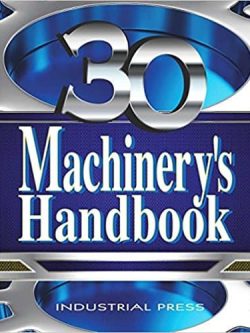
Reviews
There are no reviews yet.